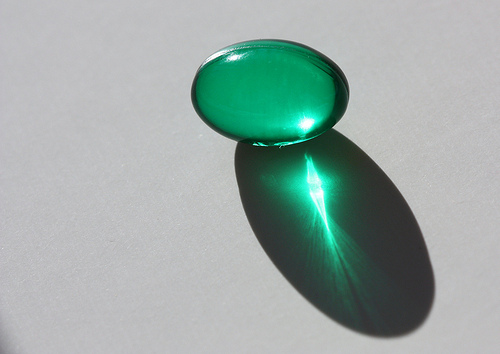savor
Mindful Eating, Mindful Life
savorthebook.com
Read More About
Mindful Eating
Mindful Living
Weight Loss
Exercise
Meditation
Why are so many of us low in vitamin D?

Vitamin D is sometimes called the “sunshine vitamin,” since our skin makes this essential nutrient when it is exposed to the sun’s rays. So, with the longer, sunnier days of spring upon us, do we need to be concerned about vitamin D?
The answer, for many of us, is yes. Some research suggests that half of the world’s population have levels of vitamin D that are too low. That’s a major public health concern: Vitamin D builds strong bones, helping to protect against osteoporosis, and seems beneficial for autoimmune diseases, depression, insomnia, psoriasis and reducing falls in the elderly. It may also contribute to a healthy heart and immune system, and may even help protect against colon cancer.
Who is at risk of having inadequate vitamin D levels?
People who don’t spend much time in the sun, or cover up with sunscreen when they’re in the sun have a higher risk. So do people with dark skin, people who are obese, and people who are older. People who live at higher latitudes, such as the northern U.S., also are more likely to have low vitamin D, since during the late fall and winter, the sun’s rays are not strong enough to trigger the production of vitamin D in the skin. At the end of winter and start of spring, our vitamin D blood levels may be at our lowest.
With spring’s warmer days, and as we head towards summer, you may be tempted to sunbathe to get your vitamin D. But it’s not wise to overdo it in the sun or skip the sunscreen, because unprotected sun-exposure increases the risk of skin cancer.
There’s been some debate over how much vitamin D we need each day from our diets. The Institute of Medicine recommends 600 IU per day of vitamin D for people ages 1 to 70 in the United States and Canada. But scientists at the Harvard School of Public Health and elsewhere have criticized this recommendation, saying that 800-1000 IU/day is a better target for most of us. That’s still well below the upper limit for vitamin D intake of 4,000 IU.
Few foods naturally contain vitamin D, and even fortified foods don’t contain much of it. In the U.S., for example, milk is fortified with vitamin D, but only has 100 IU per cup. That’s why for many people, the best way to ensure that they get enough vitamin D is to take a supplement. Most multi-vitamins contain only 400 IU. Some vitamins now on the market contain 800 to 1,000 IU.
People who are at high risk of deficiency, including people with darker skin, who are obese, or who spend little time in the sun, may need 2,000 IU of vitamin D (or more) to achieve adequate levels in the blood. Check with your doctor about vitamin D if you think you fall into one of these high risk groups, to see if you have low vitamin D levels and need to take a supplement.
More info about vitamin D at The Nutrition Source
Photo by zippythesimshead from the creative commons
SAVOR: Mindful Eating, Mindful Life. Copyright © 2025 by Thich Nhat Hanh and Lilian Cheung. All Rights Reserved. Please review our terms of use
Website design
Mary Pomerantz Advertising




